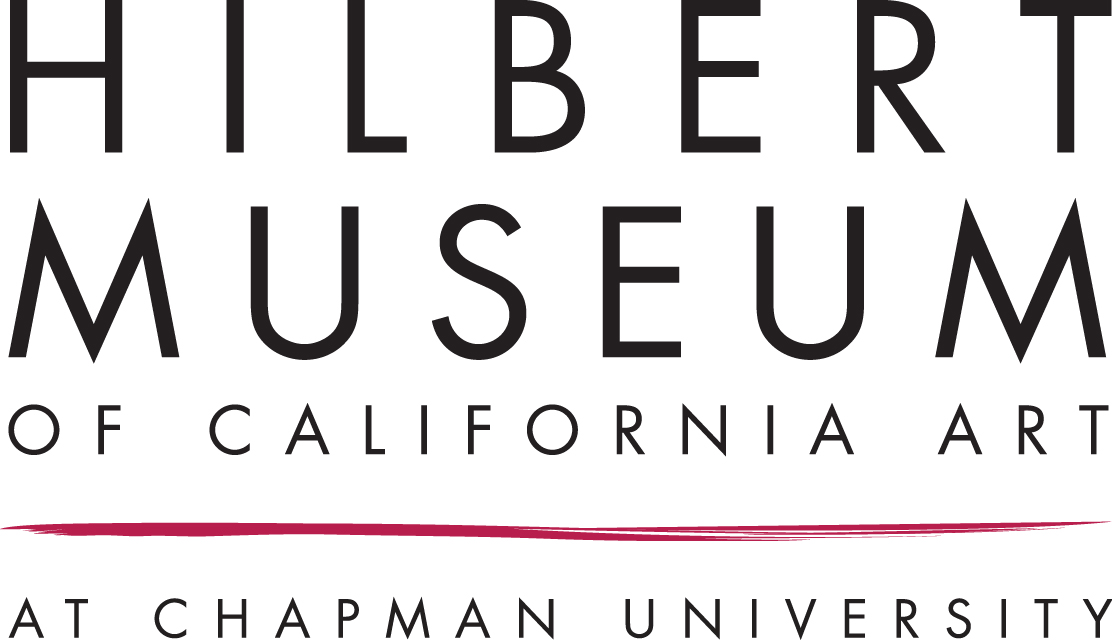Anders Gustaf Aldrin
1889 - 1970
From Otis, he received a scholarship and was described as “one of the best trained and most promising students.” Aldrin moved to Santa Barbara in 1927 with a scholarship to study at the Santa Barbara School of Fine Arts under Frank Morley Fletcher (a Japanese color woodblock specialist). After completing his studies at Otis, he interspersed work in oils, watercolors, and woodcuts with courses at the California School of Fine Arts in San Francisco. In 1935, the Los Angeles Museum featured his work in his first solo exhibition.
Thereafter, Aldrin's work was featured in many shows and received high critical praise. In 1940, Arthur Millier called his Echo Park “perhaps the only profound job of painting in this best show the society has ever put on." Despite this praise, he never achieved a high level of commercial success. The reality of life as an artist was difficult for Aldrin, but he managed his time and money to paint.
Through the 1940s, Aldrin exhibited his work in group shows, receiving prizes and critical acclaim. He painted his surroundings; friends and family, and scenes from the burgeoning city of Los Angeles. He spent six months in New England in 1945, exhibiting his works in a solo show at the Pasadena Art Institute. In 1952, his solo show in Hafgors, Sweden, was a great success. Both artist Lorser Feitelson and Aldrin himself felt his art would have "sold like hotcakes" in Europe.
Although he participated in exhibitions, Aldrin always rejected the commercialization of his art in favor of his own unique style. When he wasn’t working in Los Angeles, he painted in Japan and Sweden, focusing intently on the use of color to reveal the essence of his subject. Aldrin’s techniques were never static, in fact, in 1969, a year before his death, he maintained his independent and modern spirit by painting in acrylic, calling it “a marvelous medium in which you can get any color you wish."
Source:
https://www.sullivangoss.com/artists/anders-aldrin-1889-1970
Person TypeIndividual














